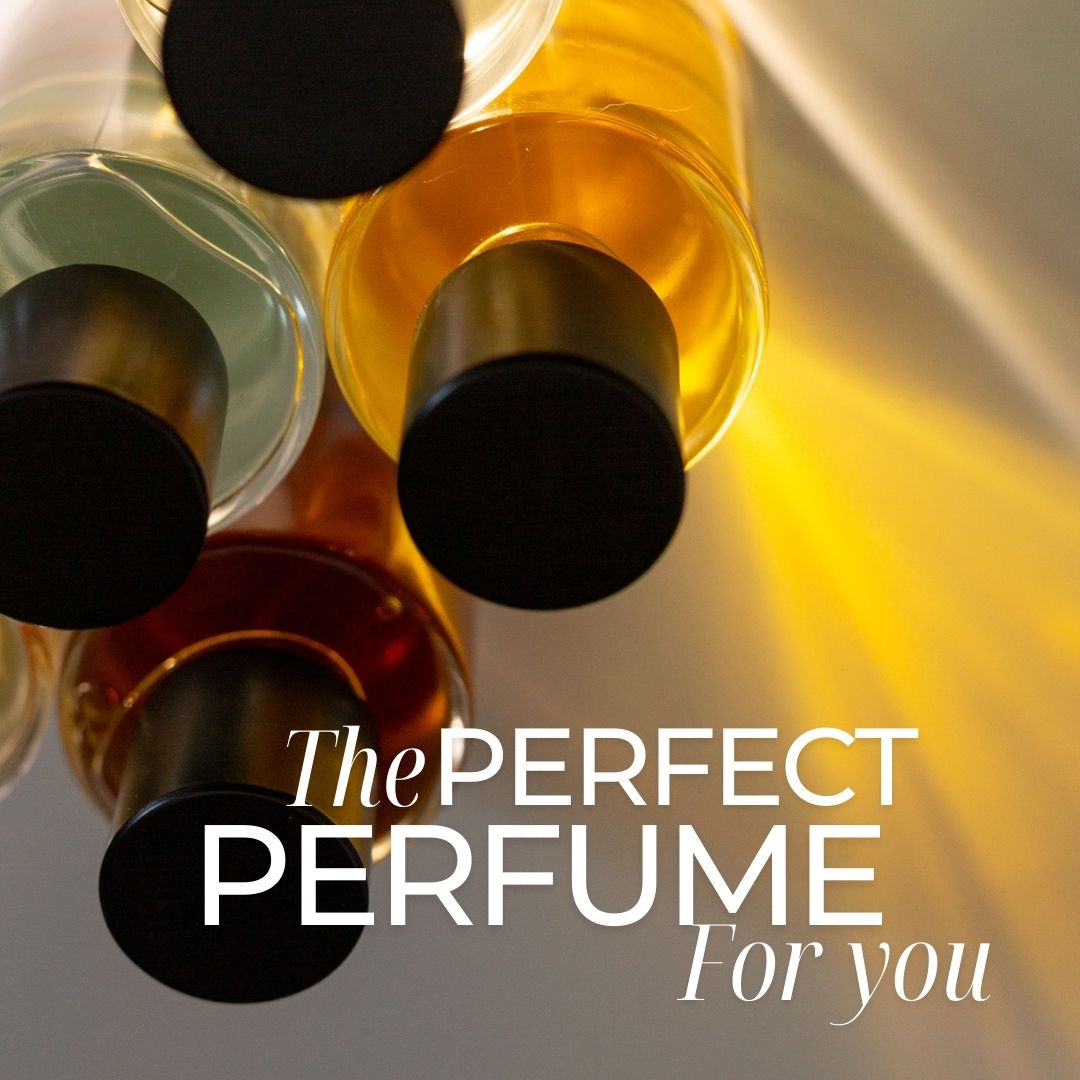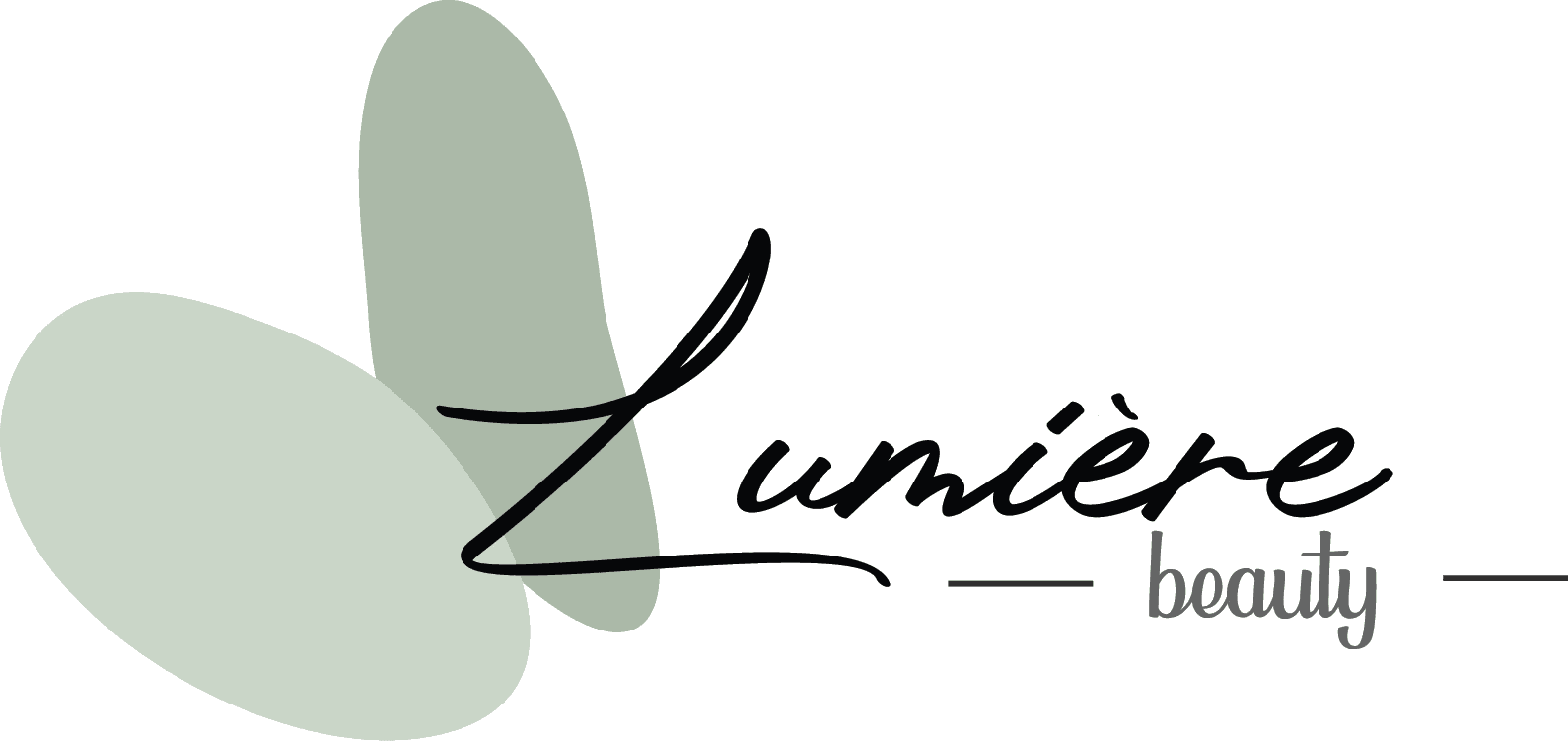From Egyptian Fragrance to Modern Perfumery: A Journey Through Scent
Perfume is not just a fragrance—it’s a journey through time, connecting us to ancient civilizations and their rich traditions in scent. From Egyptian fragrance rituals to the craft of modern perfumery, the history of perfume is a tapestry woven with cultural significance and innovation. Have you ever wondered how ancient perfumes were crafted or the role they played in society? In this exploration of perfume through the ages, we will delve into the aromatic materials used by the Egyptians, the Renaissance perfumes that captivated European courts, and the modern custom fragrances that empower us to express our individuality today. Join us as we uncover the timeless allure of scent and its evolution through history.
Ancient Perfumes and Their Origins
Egyptian Fragrance and Rituals
Egyptian fragrance practices were deeply intertwined with their daily lives and spiritual beliefs. Perfume was considered sacred, often associated with the gods, and used extensively in religious rituals. Egyptians crafted perfumes from essential oils and resins, with ingredients like myrrh, frankincense, and cinnamon being common. These aromatic materials were believed to purify the soul and invite divine favor.
Cleopatra, one of the most iconic figures in history, was known for her captivating use of custom fragrances, which she leveraged for political and personal allure. Temples were filled with the smoke of burning incense, a testament to the divine gift of scent. Perfume was not merely a luxury but a vital part of life, symbolizing status and spirituality.
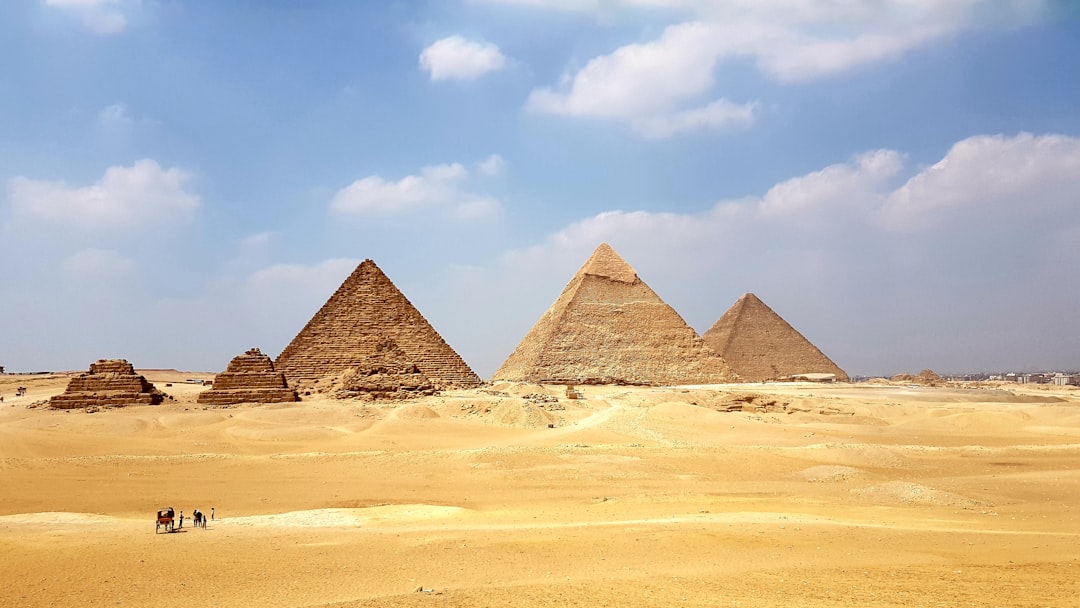
Greek and Roman Scent Innovations
The Greeks and Romans played pivotal roles in evolving ancient perfumes, transforming fragrance into an accessible element of daily life. They advanced methods to extract scents from flowers and spices, broadening the aromatic palette available for personal and religious use. Perfume was not just for the elite; it permeated various strata of society, symbolizing refinement and sophistication.
In Rome, the use of perfume became widespread, with public baths and private homes frequently infused with aromatic oils. Romans valued the art of perfumery so much that they innovated storage and application methods, including the creation of elaborate perfume containers.
This expansion of fragrance use helped set the stage for future developments in the perfume industry. Greek and Roman innovations laid the groundwork for the modern understanding of scent as an art form, blending the scientific with the aesthetic.
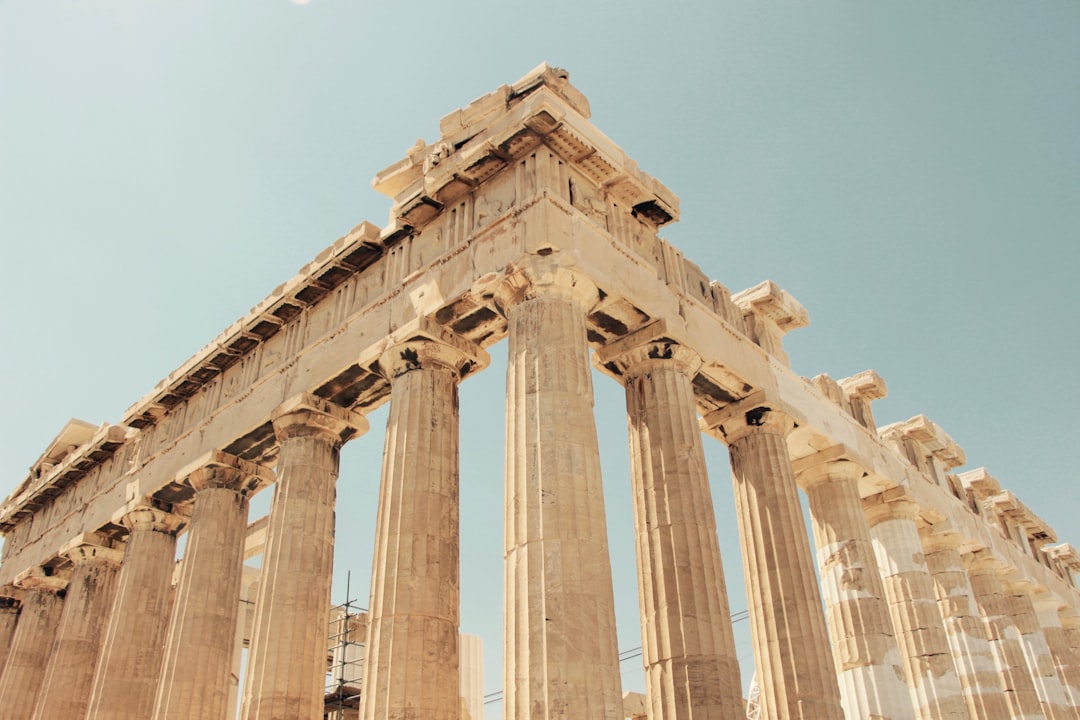
Perfume Through the Ages
Middle Ages and Islamic Influence
During the Middle Ages, perfume’s prominence dwindled in Europe, overshadowed by the era’s prevailing austere attitudes. However, it was in the Islamic world that perfumery truly thrived. Scholars and alchemists in the Middle East made significant advancements in distillation techniques, which would eventually revolutionize the fragrance industry.
The Islamic influence on perfumery was profound. They introduced alcohol-based perfumes, which were more stable and long-lasting than their oil-based predecessors. This innovation marked a turning point, allowing for the creation of more complex and enduring scents.
Aromatic materials such as rosewater and musk became highly prized, symbolizing luxury and refinement. Islamic traders and explorers played a crucial role in the exchange of these fragrant treasures, spreading their knowledge and expertise to Europe. This cultural exchange laid the groundwork for the Renaissance revival of perfumery, bridging ancient traditions with emerging modern practices.
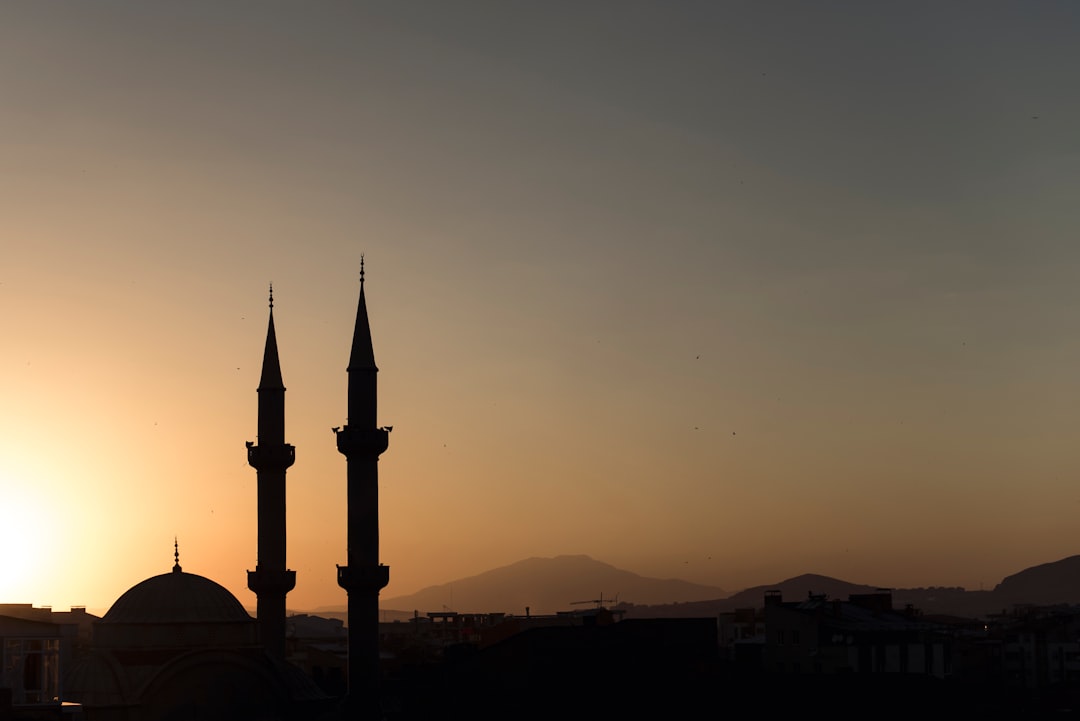
Renaissance Perfumes and France’s Rise
The Renaissance marked a rejuvenation of perfume in Europe, particularly in Italy and France. This era saw a flourishing of the arts and sciences, with perfumery emerging as a sophisticated craft. Italian city-states, with their wealth and cultural prowess, became early hubs for fragrance innovation.
Catherine de’ Medici, an Italian noblewoman who became the Queen of France, is credited with bringing perfumery to the French court. Her personal perfumer, Rene le Florentin, introduced advanced techniques and exotic ingredients, setting the stage for France’s eventual dominance in the perfume world.
France’s rise to prominence in perfumery was fueled by its fertile lands, ideal for cultivating aromatic materials like lavender and jasmine. This period also saw the establishment of Grasse as a major perfume production center, a status it retains to this day. The Renaissance not only revived but transformed perfume into an essential facet of European culture and luxury.
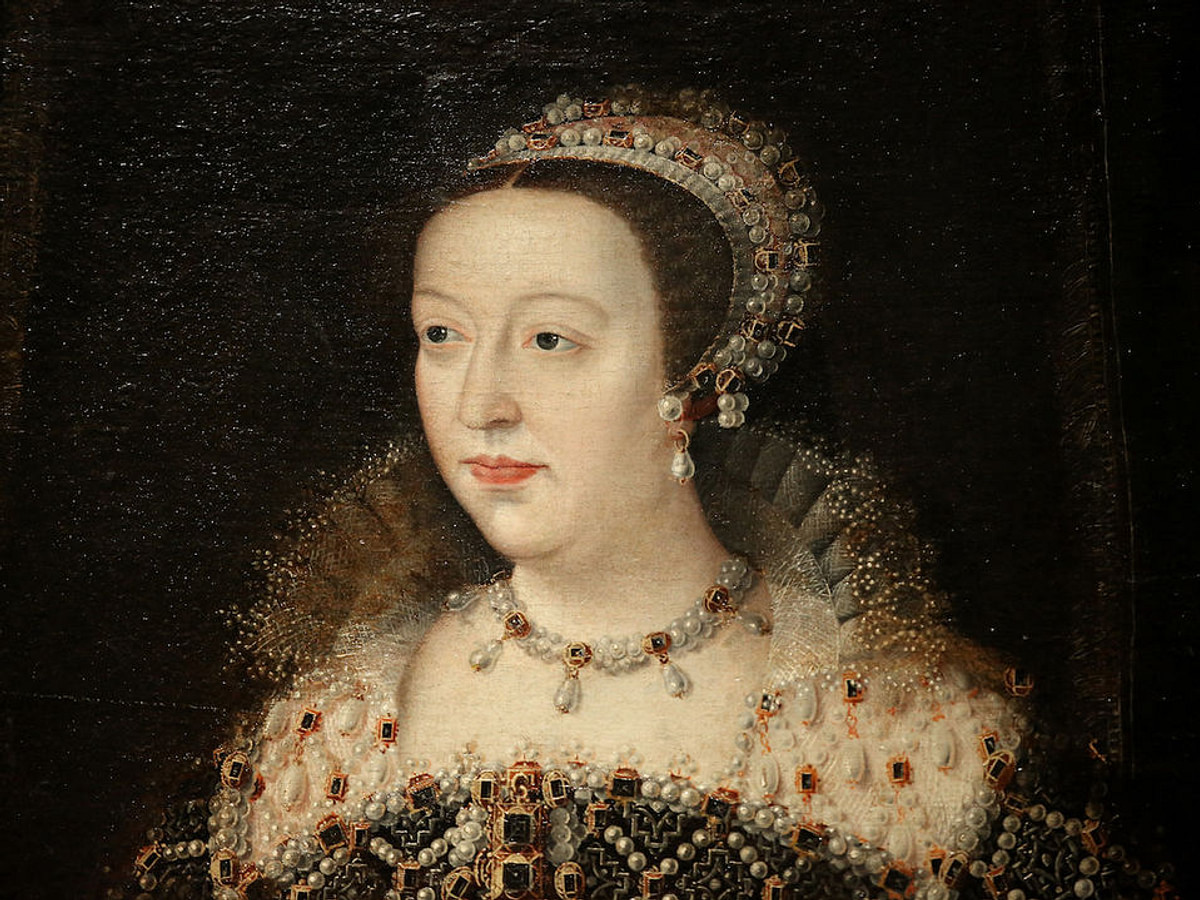
Modern Perfumery Evolution
Custom Fragrances as Art
In today’s world, the creation of custom fragrances has emerged as a personalized art form, reflecting individual tastes and identities. Modern perfumery combines tradition with innovation, allowing for bespoke scent experiences that cater to a wide array of preferences. The rise of niche perfumeries and artisan fragrance creators has democratized the art of scent-making, providing consumers the opportunity to craft unique olfactory signatures.
This movement is rooted in an appreciation for individuality and authenticity, honoring personal narratives through scent. Perfume is no longer just about smelling good; it’s about expressing one’s personality and emotions. The meticulous process of selecting aromatic materials, balancing notes, and crafting a fragrance that resonates with the wearer elevates perfume to an art form.
Custom fragrances empower individuals to embrace their identity, offering a sense of ownership over their personal scent journey. This evolution underscores perfume’s timeless allure and its capacity to adapt to modern sensibilities.
Science Behind Aromatic Materials
The modern perfume industry draws heavily on scientific advancements to explore and utilize aromatic materials. Understanding the chemistry behind these materials is essential for crafting complex fragrances. Aromatic compounds, derived from both natural and synthetic sources, form the building blocks of perfumes. Natural materials like essential oils are extracted from plants through methods like distillation and solvent extraction, capturing the essence of flowers, woods, and spices.
Synthetic compounds, developed through chemical synthesis, have expanded the range of scents available to perfumers. They offer consistency and sustainability, often mimicking or enhancing natural aromas. The interplay of these materials in a fragrance composition requires precise scientific knowledge to achieve balance and longevity.
The science of perfumery also encompasses the study of olfactory perception, examining how different materials interact with human senses. This understanding enables perfumers to craft scents that evoke specific emotions and memories, making the art and science of perfumery a deeply interconnected discipline.
